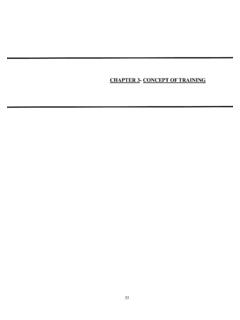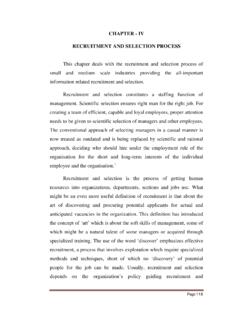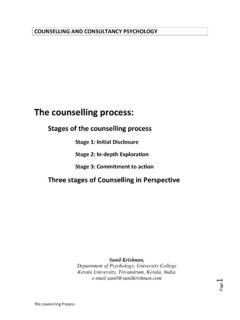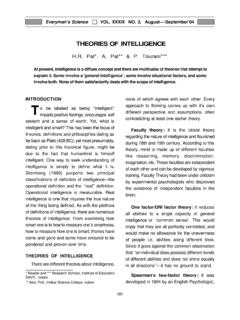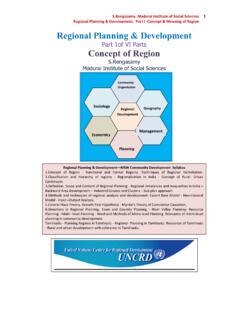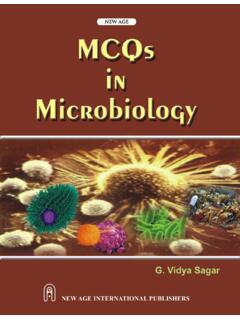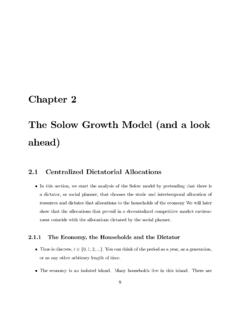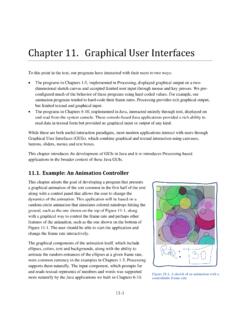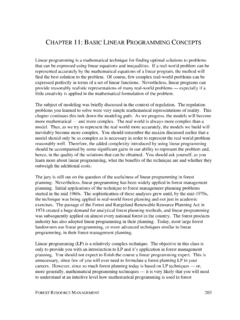Transcription of Chapter 8 Lecture Notes: Lipids - Dr. Shyama Prasad ...
1 Chapter 8 Lecture notes Lipids 1 Chapter 8 Lecture notes : Lipids Educational Goals 1. Know the factors that characterize a compound as being a lipid. 2. Describe the structure of fatty acids and explain how saturated, monounsaturated, and polyunsaturated fatty acid structures differ from one another. 3. Predict how the number of carbons and the degree of unsaturation affect the melting points of fatty acids. 4. Describe the structure of waxes, how they are made, and understand the biological function of waxes. 5. Describe the general structure of triglycerides and list their biological functions. 6. Describe the reaction involved in the formation of triglycerides from fatty acid residues and glycerol. 7. Describe three reactions in which triglycerides are reactants.
2 8. Explain how the structures of saturated and unsaturated triglycerides differ from one another. 9. Explain the difference in melting points of vegetable oils vs. animal fats. 10. Distinguish phospholipids from glycolipids. 11. Distinguish glycerophospholipids from sphingophospholipids. 12. Distinguish glyceroglycolipids from sphingoglycolipids. 13. Identify the structural component that is common to all steroids and identify three important members of this class of Lipids . 14. Describe the structure and function of bile salts. 15. Describe the structure and function of lipoproteins. List five types of lipoproteins. 16. Understand what is meant by the terms total cholesterol, good cholesterol, and bad cholesterol as they relate to lipid panel blood tests.
3 17. Understand the structural basis of the lipid class called eicosanoids. 18. Explain how aspirin, ibuprofen, and acetaminophen work to reduce fever, swelling, and pain. 19. Describe the components and structure of a cell membrane. 20. Compare and contrast passive transport and active transport. 21. Compare and contrast simple diffusion and facilitated diffusion. Lipids are a class of biomolecules that are_____ _____. This is not a classification based on functional groups. Lipids are used as: cell membrane components, energy storage molecules, insulation, and hormones. Chapter 8 Lecture notes Lipids 2 Fatty Acids _____ _____ are carboxylic acids that typically contain between 12 and 20 carbon atoms.
4 Fatty acids usually have an even number of carbon atoms because they are built from 2-carbon molecules. Fatty acids differ from one another in the number of _____ atoms that they contain and in their number of carbon-carbon_____ _____. Saturated and Unsaturated Fatty Acids Chapter 8 Lecture notes Lipids 3 Interactions Between Fatty Acids: London Forces Think about it: Explain why stearic acid had a higher melting point than lauric acid. Linolenic acid has a lower melting point than linoleic acid. Explain why. Chapter 8 Lecture notes Lipids 4 Fatty acids become _____when they lose their hydrogen to become carboxylate ions. Waxes Waxes are hydrophobic _____ produced by combining fatty acids with long-chain alcohols.
5 Example: Beeswax Beeswax is an ester formed by combining palmitic acid with a 30-carbon alcohol Chapter 8 Lecture notes Lipids 5 Triglycerides Animal fats and vegetable oils are _____ (or triacylglycerides), in which three fatty acid residues are joined to glycerol by ester bonds. Example of a triglyceride: Chapter 8 Lecture notes Lipids 6 Saturated vs. Unsaturated Triglycerides We classify triglyceride molecules as either saturated or unsaturated using the same criteria as we used for fatty acids. Saturated triglyceride molecules do not contain _____ double bonds. Unsaturated triglyceride molecules contain _____ _____ _____ carbon-carbon double bonds. o Unsaturated triglycerides are often further subcategorized as either monounsaturated or polyunsaturated.
6 Monounsaturated triglycerides contain only one carbon-carbon double bond. Polyunsaturated triglycerides contain two or more carbon-carbon double bond. Solid vs. Liquid Triglycerides Just like fatty acids, triglycerides with higher degrees of _____ (less carbon-carbon double bonds) are more flexible and can pack closer to each other than less saturated triglycerides. The melting points of triglycerides _____ with the degree of saturation. Since animal fats have a relatively high degree of saturation, they are solid at room temperature Vegetable oils and fish oils have a lower degree of saturation than animal fats, and are therefore liquid at room temperature (consider olive and corn oil). Use the table of fatty acids to draw a saturated triglyceride molecule.
7 Chapter 8 Lecture notes Lipids 7 The primary biological roles of triglycerides in animals are: energy storage the production of energy when metabolized provision of fatty acids for the production of other Lipids insulation Important Reactions of Triglycerides Catalytic Hydrogenation triglyceride (C=C) + H2/Pt more saturated triglyceride Oxidation triglyceride + O2 small organic molecules Saponification Hydrolysis of the ester group in the presence of hydroxide (OH-) Catalytic Hydrogenation This is reaction is the same reaction that we saw for the reduction of an alkenes to alkanes in Chapter 6!!! When enough H2 is supplied, an unsaturated triglyceride is converted to a saturated triglyceride.
8 Chapter 8 Lecture notes Lipids 8 Example: Partial Hydrogenation When H2 is limited, only some of the carbon-carbon double bonds are removed. Catalytic Hydrogenation: Partially Hydrogenated Vegetable Oil Many foods contain partially hydrogenated vegetable oil. Partial hydrogenation will yield some _____ fats. Chapter 8 Lecture notes Lipids 9 Oxidation of Triglycerides: Triglyceride + O2 Small organic molecules The products of triglyceride oxidation smell very bad. ex: rancid butter Refrigeration helps because is slows the rate of oxidation. Tightly closed containers help because they limit the supply of oxygen Saponification _____ of ester group in the presence of hydroxide (OH-).
9 Converts triglycerides into fatty acid salts (soap) and glycerol. Chapter 8 Lecture notes Lipids 10 Phospholipids and Glycolipids Phospholipids and Glycolipids are the Amphipathic Lipids Commonly Found in Membranes Membranes are _____ _____of amphipathic Lipids . They are also referred to as lipid bilayers. Illustration of a Cell Membrane Chapter 8 Lecture notes Lipids 11 Phospholipids Because they are amphipathic, phospholipids are effective as emulsifying agents, compounds that make or stabilize emulsions. An _____ is a colloid formed by combining two liquids with an emulsifying agent such as a phospholipid. For example, it is the lecithin (a phospholipid) present in egg whites that keeps mayonnaise, an oil-water emulsion, from separating.
10 Phospholipids get their name from the fact that the phosphate ion (PO43-) is one of the components used in their formation. There are two classes of phospholipids: 1) glycerophospholipids 2) sphingophospholipids 1) Glycerophospholipids Glycerophospholipids are made by combining glycerol, two fatty acids, a phosphate group, and an alcohol. Chapter 8 Lecture notes Lipids 12 The glycerol, fatty acids, phosphate group, and organic group combined as shown below: In glycerophospholipids, we refer to the glycerol residue (highlighted red above) as the "glycerol backbone." Bonding Patterns in a Glycerophospholipid: Chapter 8 Lecture notes Lipids 13 Glycerophospholipids are sub classified based on the identity of their organic "X group" as shown below.
